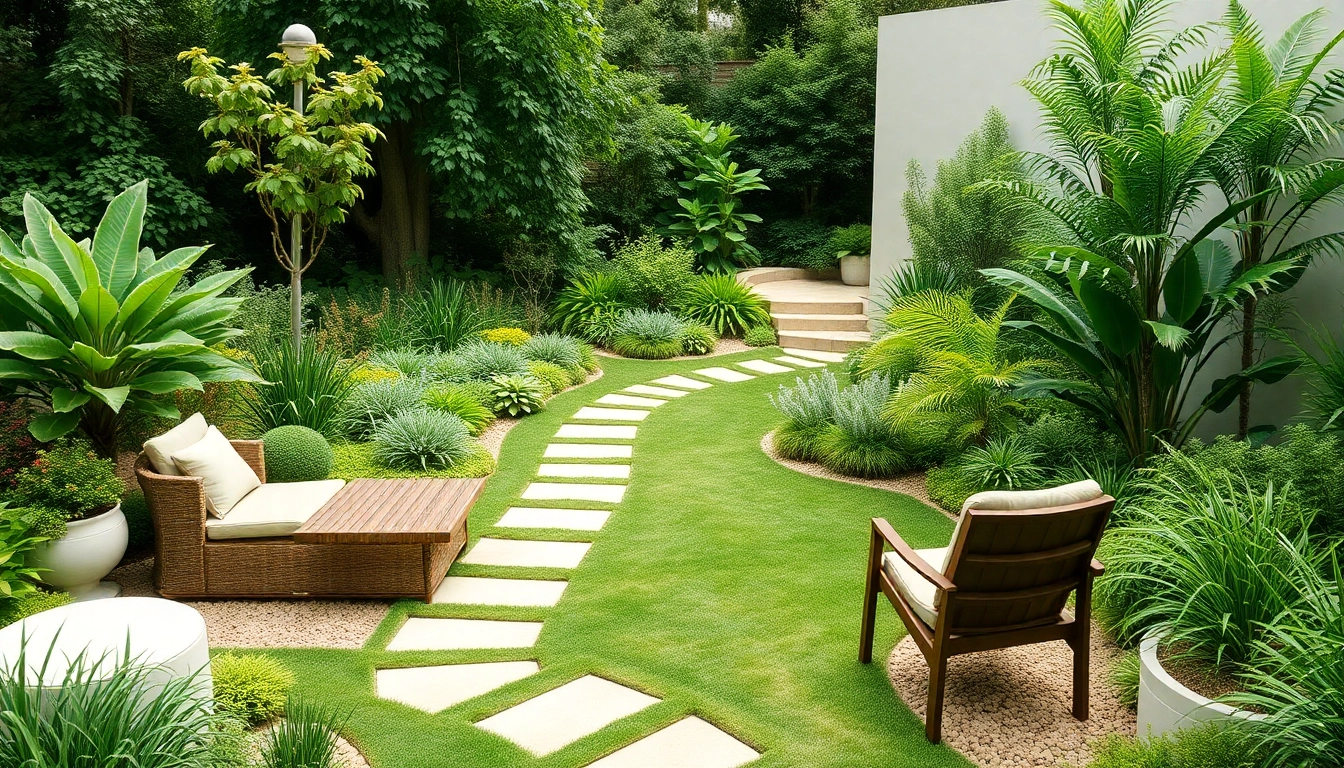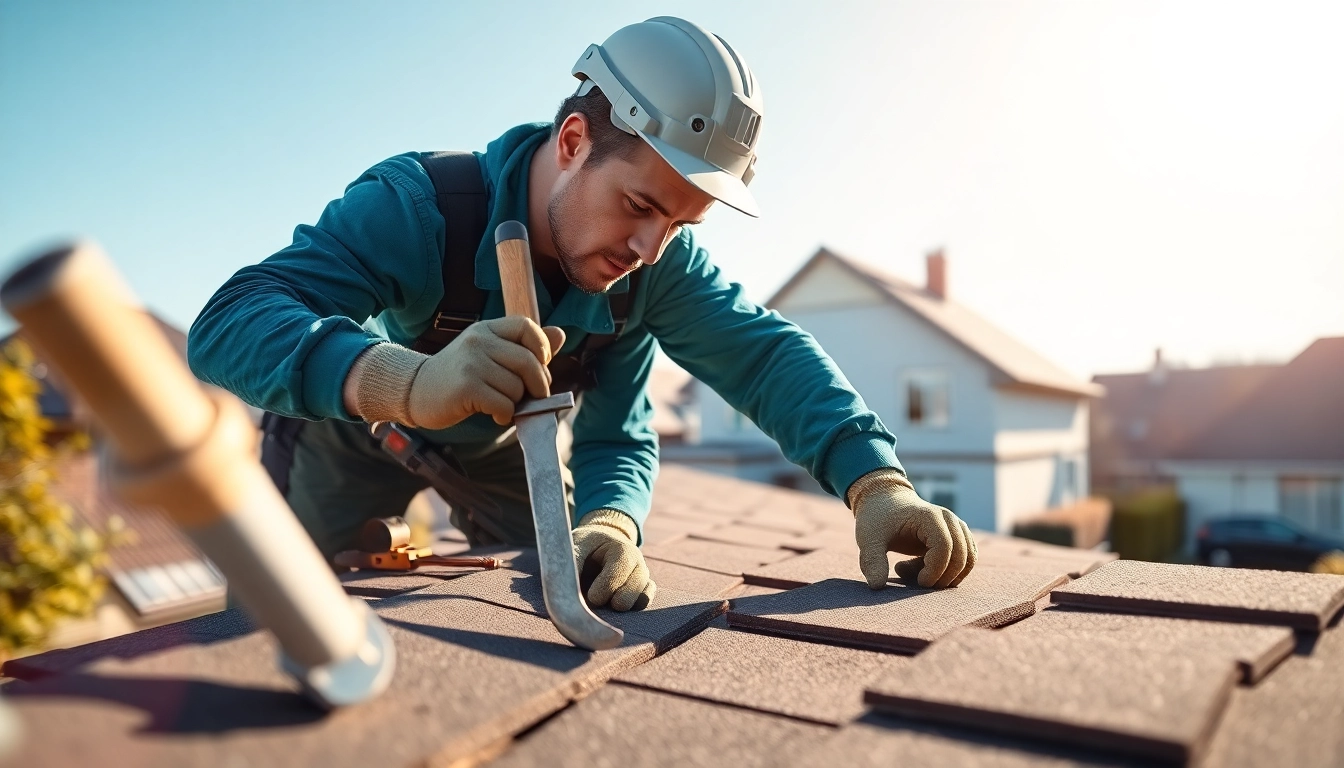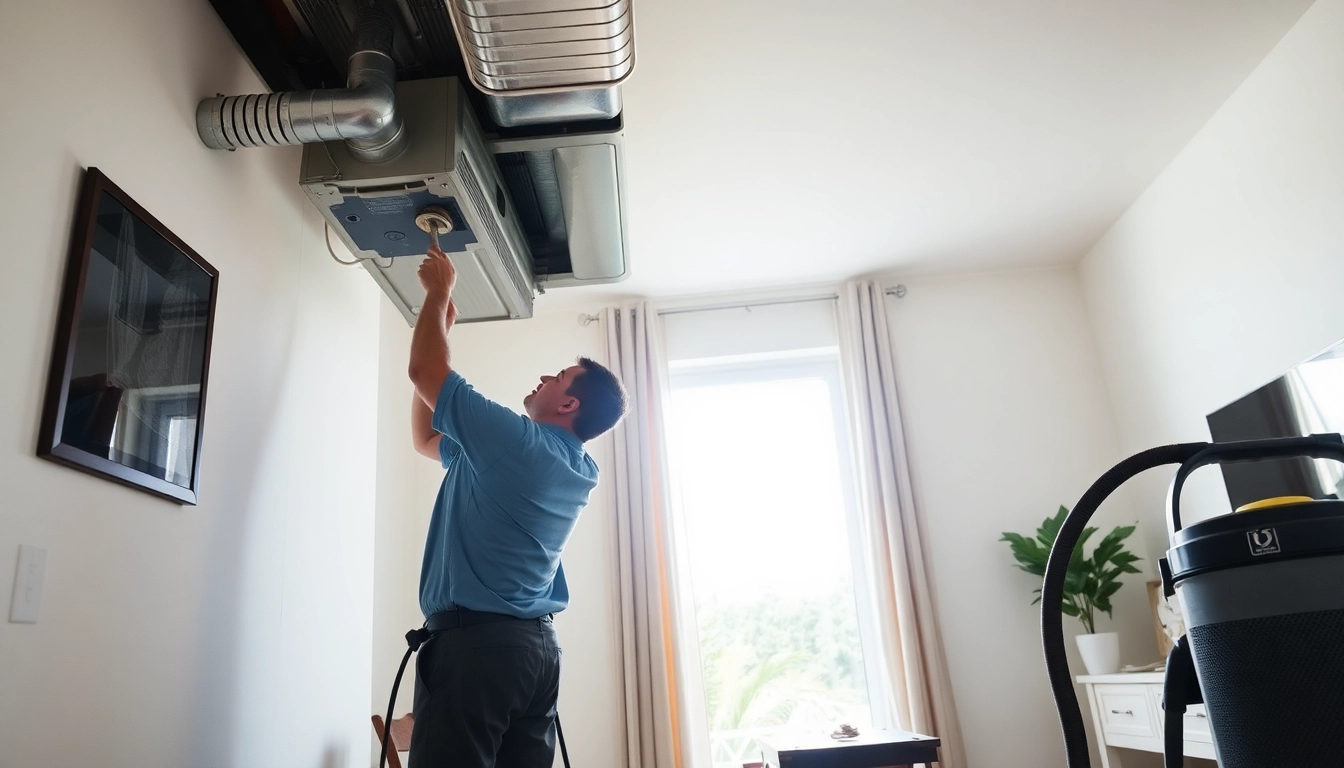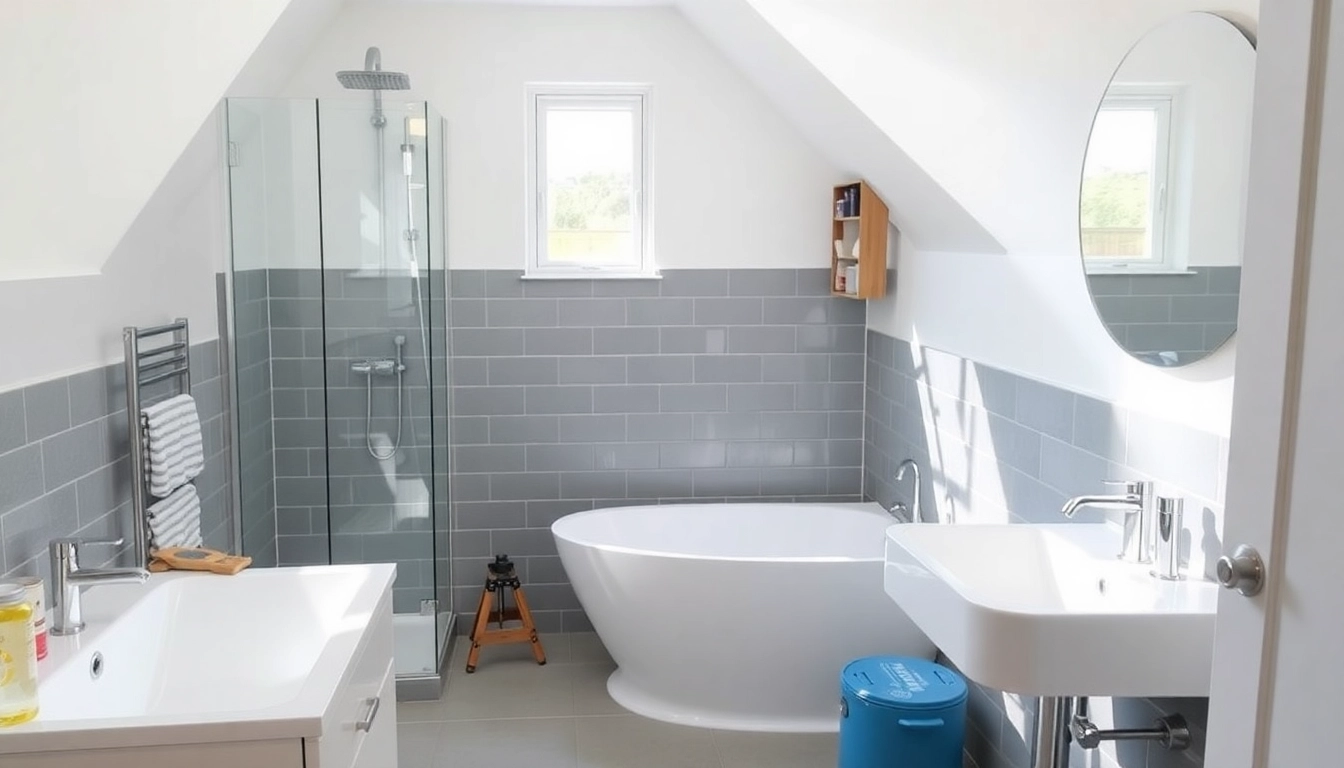Understanding Landscape Design Services
In our increasingly urbanized world, the demand for beautiful, functional outdoor spaces is higher than ever. This necessity has led to a surge in popularity and reliance on landscape design service providers who assist homeowners in creating their dream outdoor landscapes. A landscape design service encompasses the planning and execution of aesthetically pleasing and functional outdoor environments, integrating natural elements—like plants and trees—with structural components—such as pathways, decks, and water features. Let’s delve deeper into understanding what landscape design services really are.
What is a Landscape Design Service?
At its core, a landscape design service is a specialized professional service that focuses on the planning, design, and creation of outdoor spaces. This encompasses residential gardens, commercial spaces, parks, and recreational areas. These services involve a systematic approach that considers various factors, including the geographic location, climate, and the specific needs of the client. From defining spatial organization to selecting appropriate plant species, landscape designers work to harmonize natural and constructed environments, influencing how spaces will be cherished or utilized.
Benefits of Professional Design
Engaging a professional landscape design service comes with myriad benefits. These include:
- Expertise and Creativity: Professionals bring creative ideas and solutions, transforming any type of space into a visually appealing area tailored to your lifestyle.
- Increased Property Value: A well-designed landscape can significantly increase your property’s market value, providing a return on investment.
- Functionality: Professional designers consider how spaces will be used and can create areas that cater to your needs—be it outdoor entertaining, gardening, or creating peaceful retreats.
- Sustainability: Many landscape designers focus on sustainable practices, utilizing native plants and eco-friendly materials that require less maintenance and promote biodiversity.
Key Elements of Landscape Design
Effective landscape design is built upon several foundational elements that contribute to the overall feel and function of a space. Some of these key elements include:
- Plants: The choice of flowers, shrubs, trees, and grasses forms the essence of any landscape. Landscape designers not only select plants based on aesthetic value but also consider their growth patterns, maintenance requirements, and seasonal changes.
- Hardscaping: This includes pathways, retaining walls, patios, and other structures that provide form and function to a landscape.
- Water Features: Ponds, fountains, and streams can enhance ambiance, attract wildlife, and provide soothing sounds in an outdoor space.
- Lighting: Creative lighting design can accentuate features, extend usability into the evening hours, and enhance security.
Choosing the Right Landscape Design Service
Factors to Consider When Selecting a Service
Choosing the right landscape design service is crucial for the success of your outdoor project. Here are essential factors to consider:
- Experience and Credentials: Look for qualified professionals with relevant education and experience in the field, especially in styles or methods that resonate with your vision.
- Specialization: Some designers specialize in residential projects, while others may focus on commercial or institutional landscapes. Ensure their expertise aligns with your requirements.
- Design Style: Review portfolios to find a designer whose aesthetic speaks to you, ensuring their previous work reflects the style you envision for your space.
- Budget Alignment: It’s important to communicate your budget from the beginning and assess whether their design solutions fall within your financial parameters.
Evaluating Provider Portfolios
When assessing potential landscape design services, always review their portfolios. A strong portfolio should include:
- Before-and-After Images: These illustrate the designer’s ability to transform spaces, highlighting their skills.
- Diverse Projects: Check for a variety of projects that demonstrate adaptability and a comprehensive understanding of different design challenges.
- Design Plans: Some designers may provide sketches, blueprints, or 3D renderings showcasing their planning process and vision.
Common Red Flags in Landscape Services
It’s crucial to be vigilant when selecting a landscape design service. Common red flags to watch for include:
- Lack of Communication: Poor communication can lead to misunderstandings. Ensure the designer is approachable and willing to listen to your ideas.
- No Portfolio or References: If a provider cannot show previous work or offer references, it may be a sign of inexperience.
- Unrealistic Promises: Be cautious of promises that seem too good to be true, especially regarding timelines, costs, or outcomes.
- Pushing Perpetual Updates: If a designer frequently suggests costly changes mid-project, evaluate if their priorities align with your budget and vision.
Trends in Landscape Design
Modern Approaches to Sustainable Design
Sustainability in landscape design is no longer just a trend; it has become an essential practice. Today’s designers are focusing on creating ecologically friendly landscapes by:
- Minimizing Water Usage: Implementing xeriscaping principles that involve using drought-tolerant plants, native species, and irrigation systems that conserve water.
- Utilizing Recycled Materials: Incorporating materials like reclaimed wood, recycled pavers, and composite decking reduces waste and promotes sustainability.
- Promoting Biodiversity: Designers are increasingly focused on creating habitats that encourage diversity among plants and animals to promote ecological balance and resilience.
Incorporating Native Plants in Your Design
Native plants are vital components of sustainable landscape design. They offer several benefits:
- Adaptability: Native plants are well-adapted to the local climate and soil, requiring less care and irrigation.
- Biodiversity Support: They support local ecosystems by providing food and habitat to native wildlife.
- Low Maintenance: Native plants often require less maintenance than exotic varieties, reducing gardening costs and labor.
Innovative Hardscaping Ideas
Hardscaping is evolving, and designers are adopting innovative ideas to enhance outdoor spaces. Consider these trends:
- Permeable Paving: This eco-friendly option allows water to permeate through drives and walkways, minimizing stormwater runoff.
- Modular Outdoor Spaces: Flexible designs, such as movable furniture and dividers, allow for adaptable outdoor environments that can meet varying social needs.
- Integrated Technology: From outdoor speakers and lighting systems to smart irrigation, integrating technology into hardscapes enhances the user experience.
Tips for Collaborating with Your Landscape Designer
Effective Communication Strategies
Collaboration with your landscape designer can yield extraordinary outcomes. To maximize this partnership, consider the following communication strategies:
- Express Your Vision: Clearly share your ideas, preferences, and any specific features you wish to include.
- Utilize Visual Aids: Compile images or create mood boards to help convey your style and preferences.
- Scheduled Check-ins: Regular meetings facilitate ongoing dialogue, ensuring that the project aligns with your expectations at every stage.
Setting Realistic Expectations
Understanding the scope of your project is vital. Establish realistic timelines and budgets. Keep in mind:
- Design Process Duration: Landscape design can be time-consuming. Allow adequate time for research, planning, approval, and execution.
- Budget Limitations: Be honest about your financial parameters and prioritize critical features to prevent overspending.
- Weather Considerations: Weather conditions can affect project timelines; allow for flexibility in scheduling.
How to Provide Constructive Feedback
Providing feedback is essential to ensure the final design meets your expectations. A few tips to keep in mind include:
- Be Specific: Clearly state which elements you like or dislike and explain why.
- Focus on Solutions: Instead of only addressing issues, present possible alternatives or ideas that may improve the design.
- Maintain a Positive Tone: A constructive approach fosters a better working relationship with your designer.
Measuring the Success of Your Landscape Design
Assessing Aesthetic Appeal and Functionality
The ultimate measures of a successful landscape design are its beauty and functionality. Consider these factors:
- Visual Harmony: Does the landscape complement architecture and surrounding natural features?
- Usability: Are the spaces designed for the intended activities, providing accessibility and convenience?
- Seasonal Appeal: Does the landscape maintain visual interest throughout the year?
Understanding Maintenance Needs
Post-design care is vital for upholding the landscape’s beauty and functionality. Questions to ask include:
- Maintenance Requirements: What are the ongoing maintenance needs for plants and hardscaping elements?
- Seasonal Tasks: How will seasonal changes affect the upkeep of the landscape?
- Cost Implications: What will the maintenance costs be, and can they be anticipated within your budget?
Long-term Benefits of Quality Design
Quality landscape design yields several long-term benefits:
- Increased Property Value: Thoughtfully designed landscapes play a significant role in boosting overall property appeal and market price.
- Enhanced Quality of Life: Beautiful outdoor spaces can improve mental well-being and encourage outdoor activities.
- Environmental Contributions: A well-designed landscape supports local ecology, promotes biodiversity, and can even mitigate climate impact.



